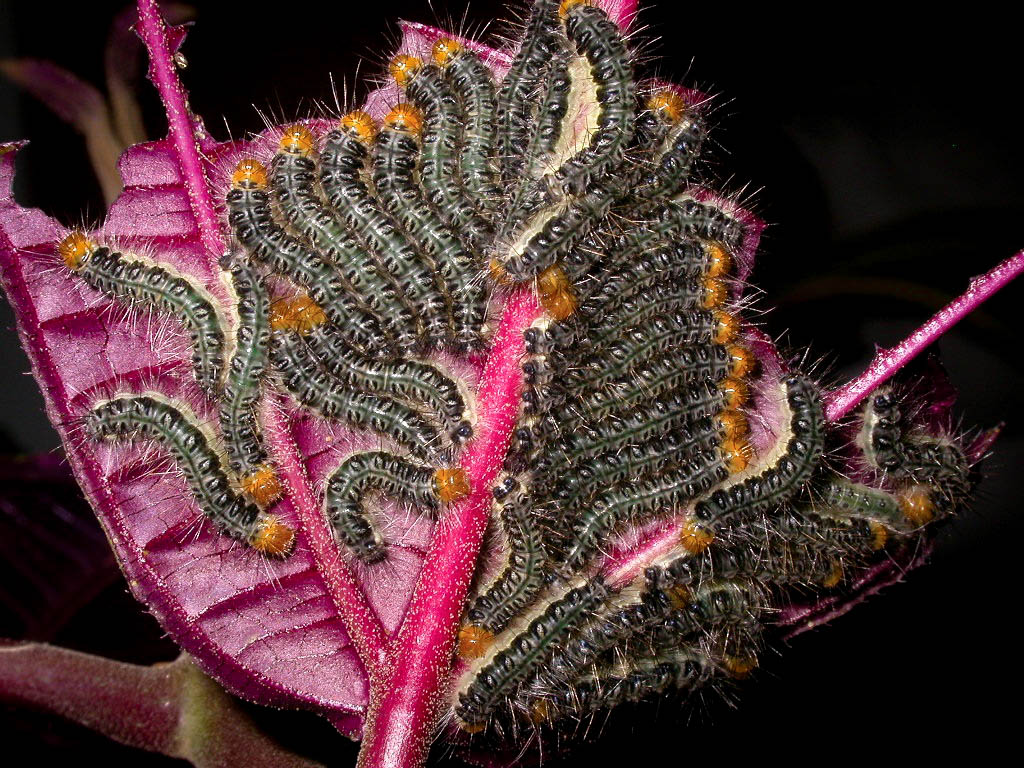On most weekdays, on the slopes and gulches above and below the Hāna Highway, a crew is hacking its way…
Read More
Hana miconia
Tiny golden butterfly could help halt miconia invasion
A tiny butterfly could soon help conservation crews address miconia.

